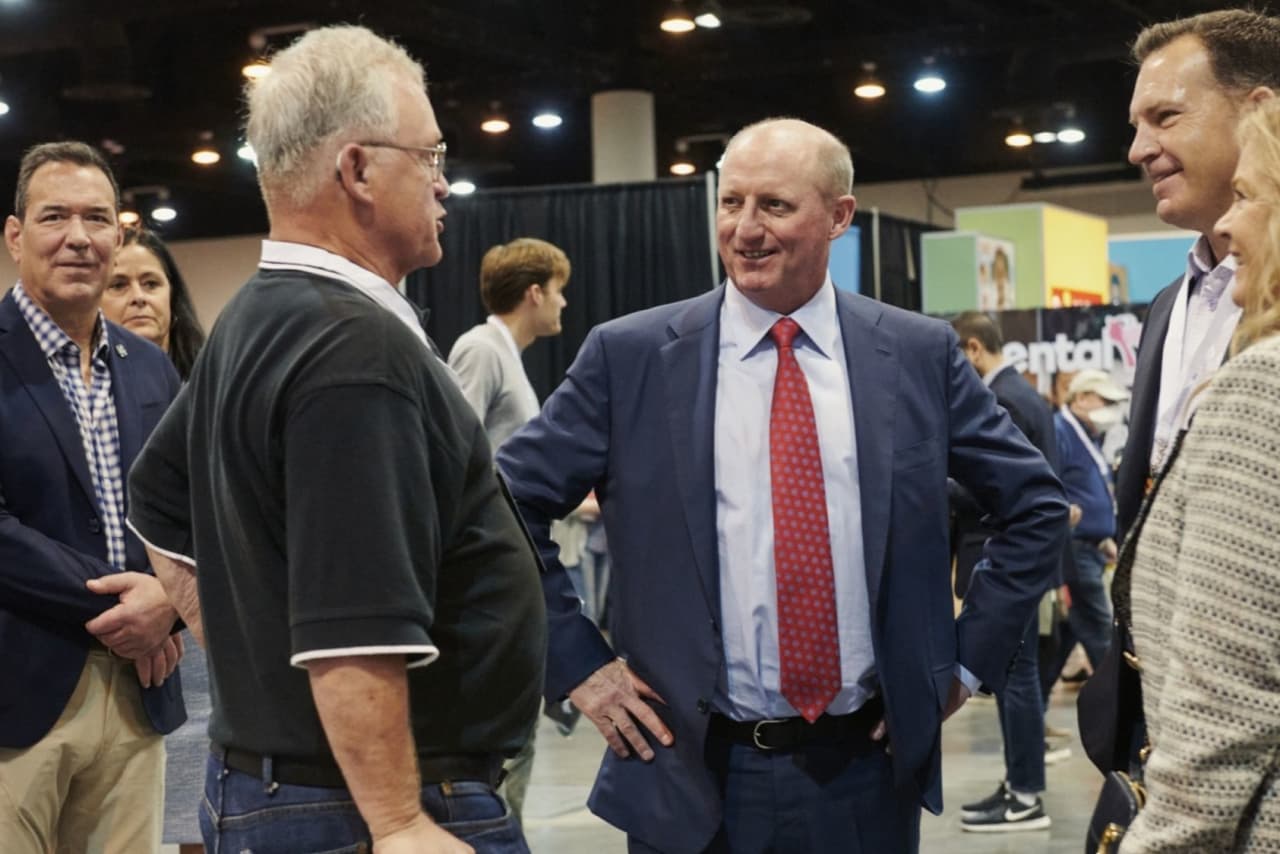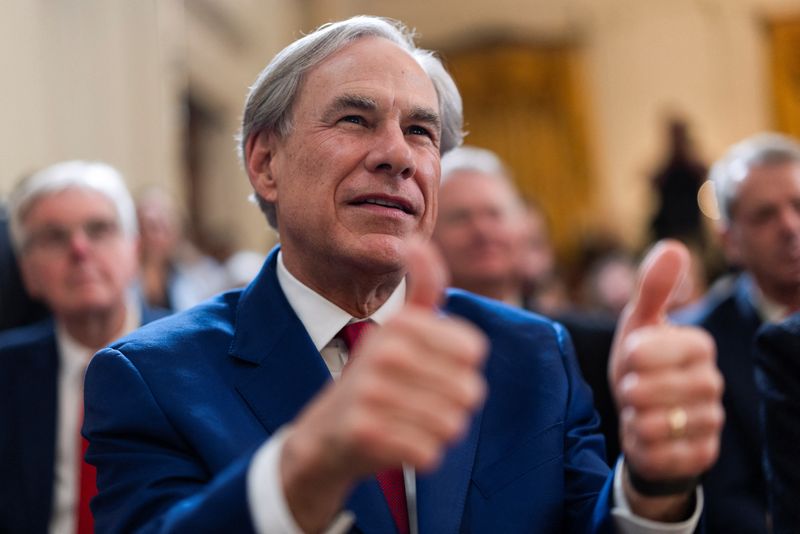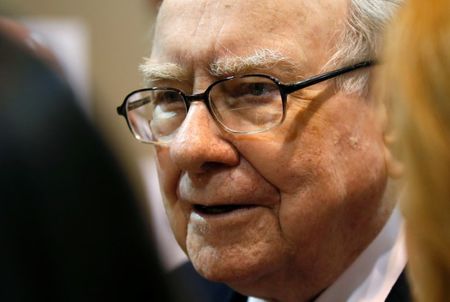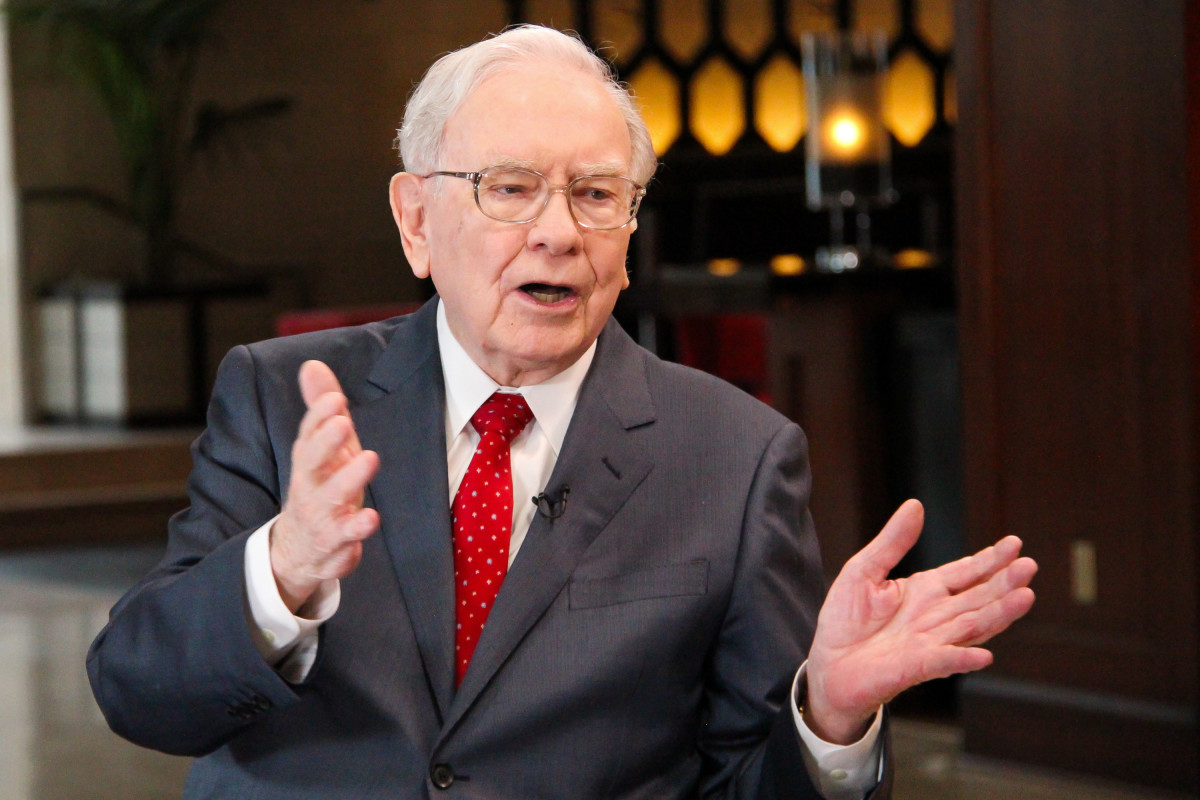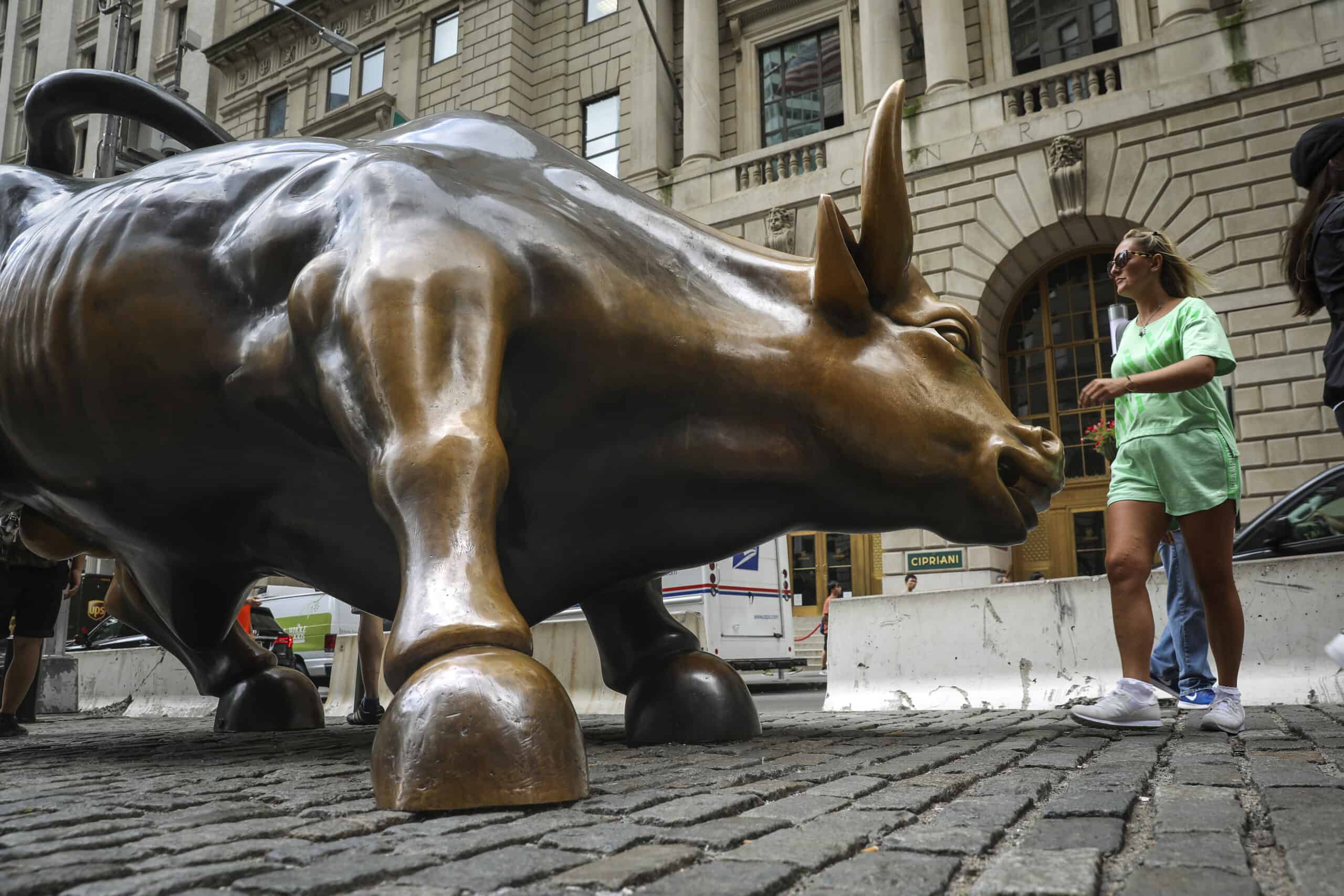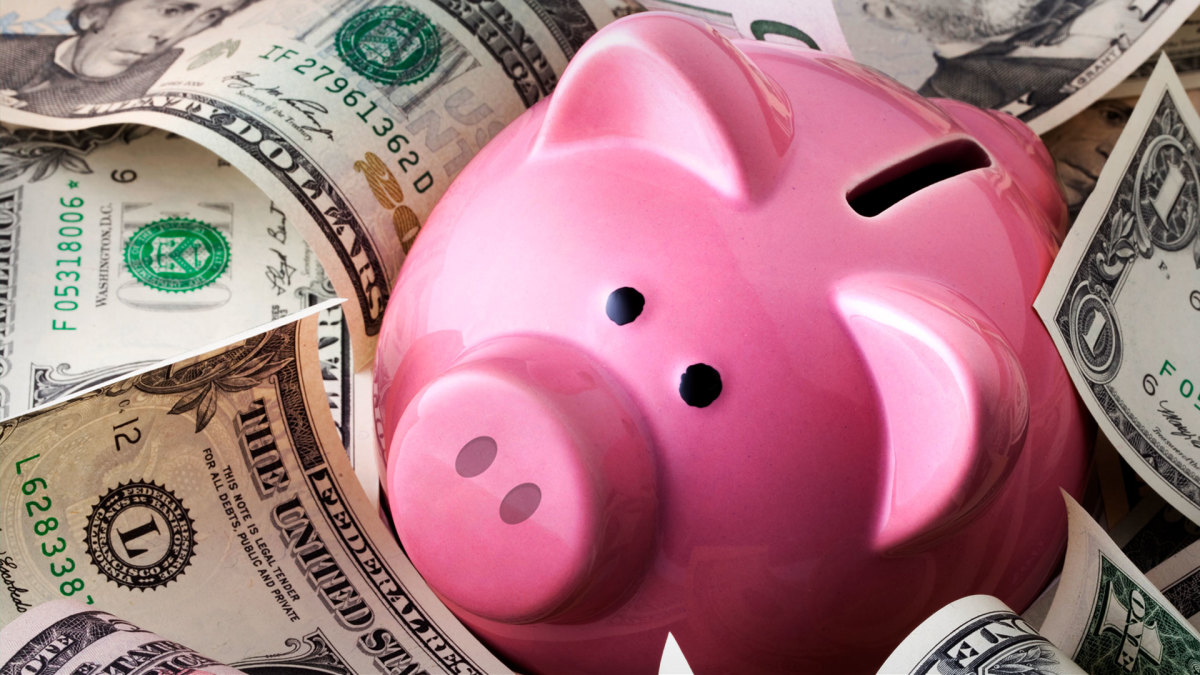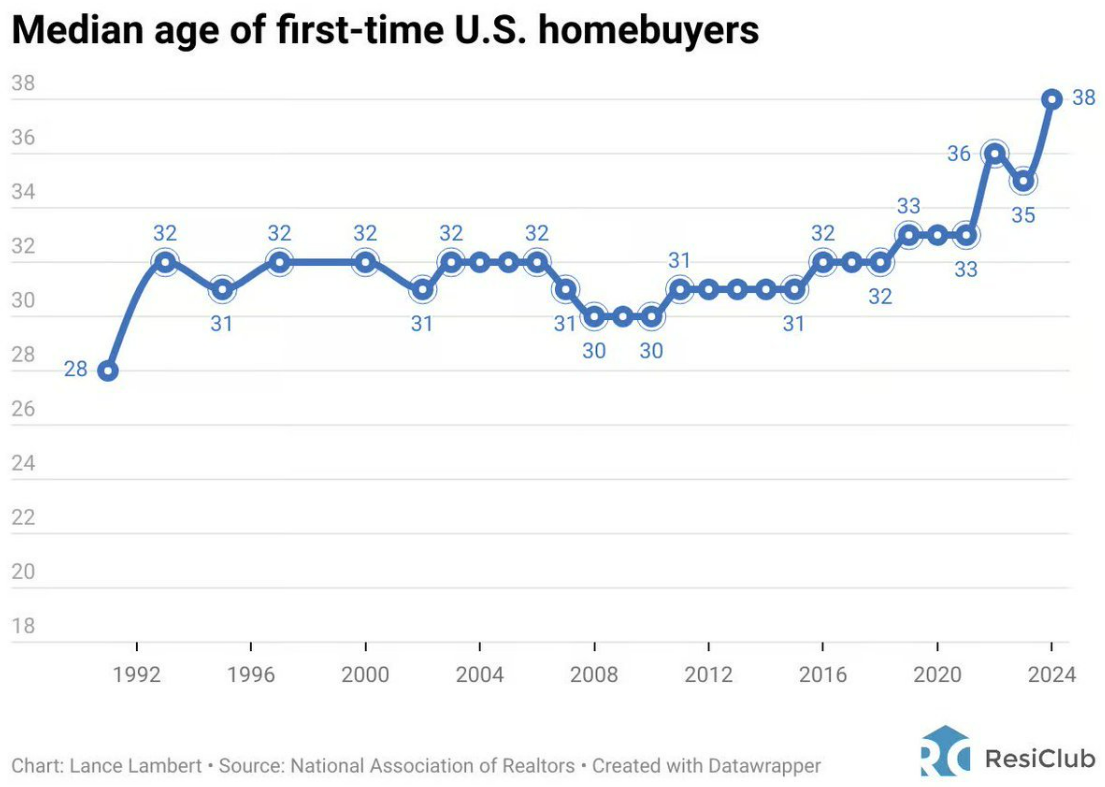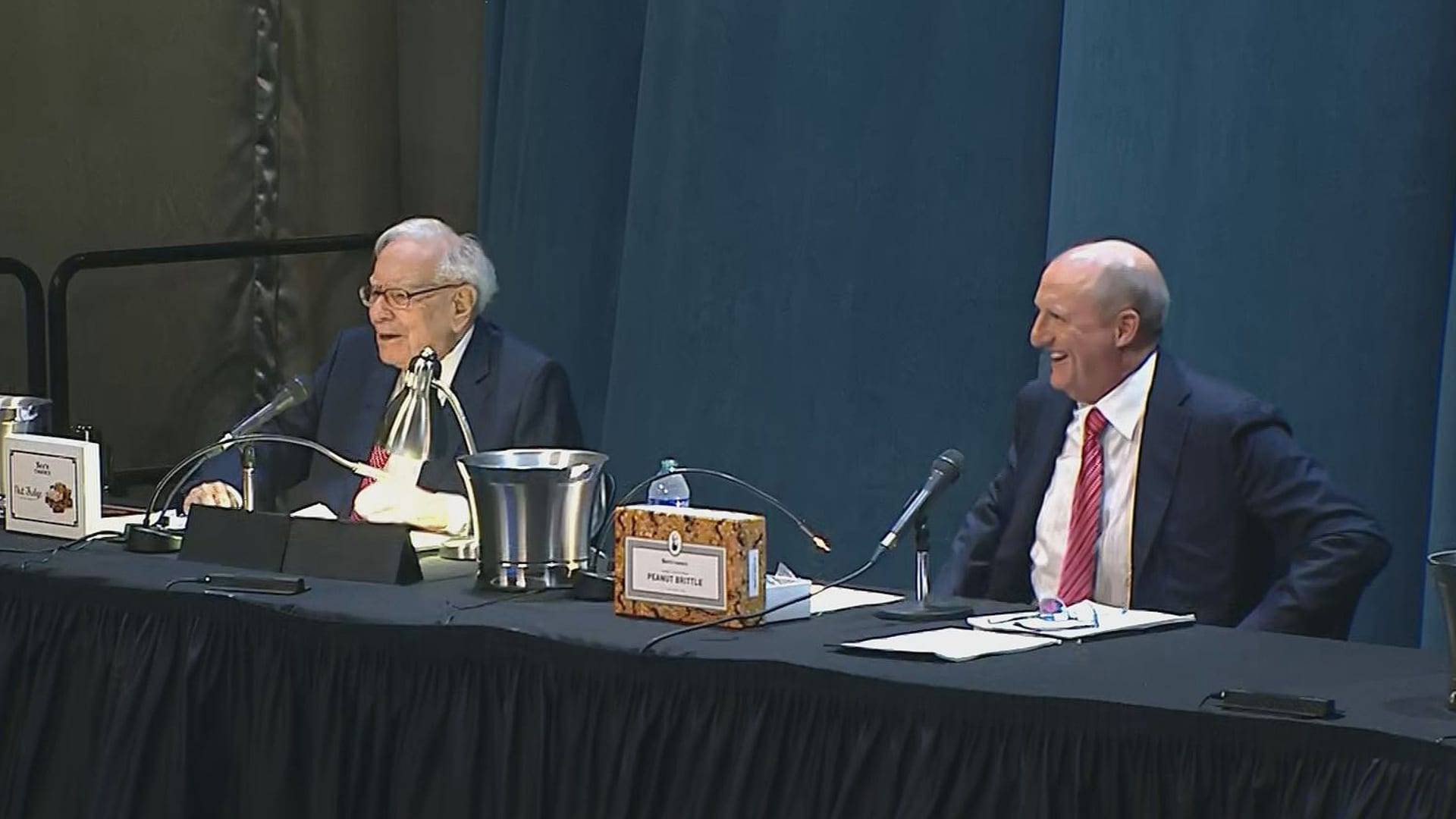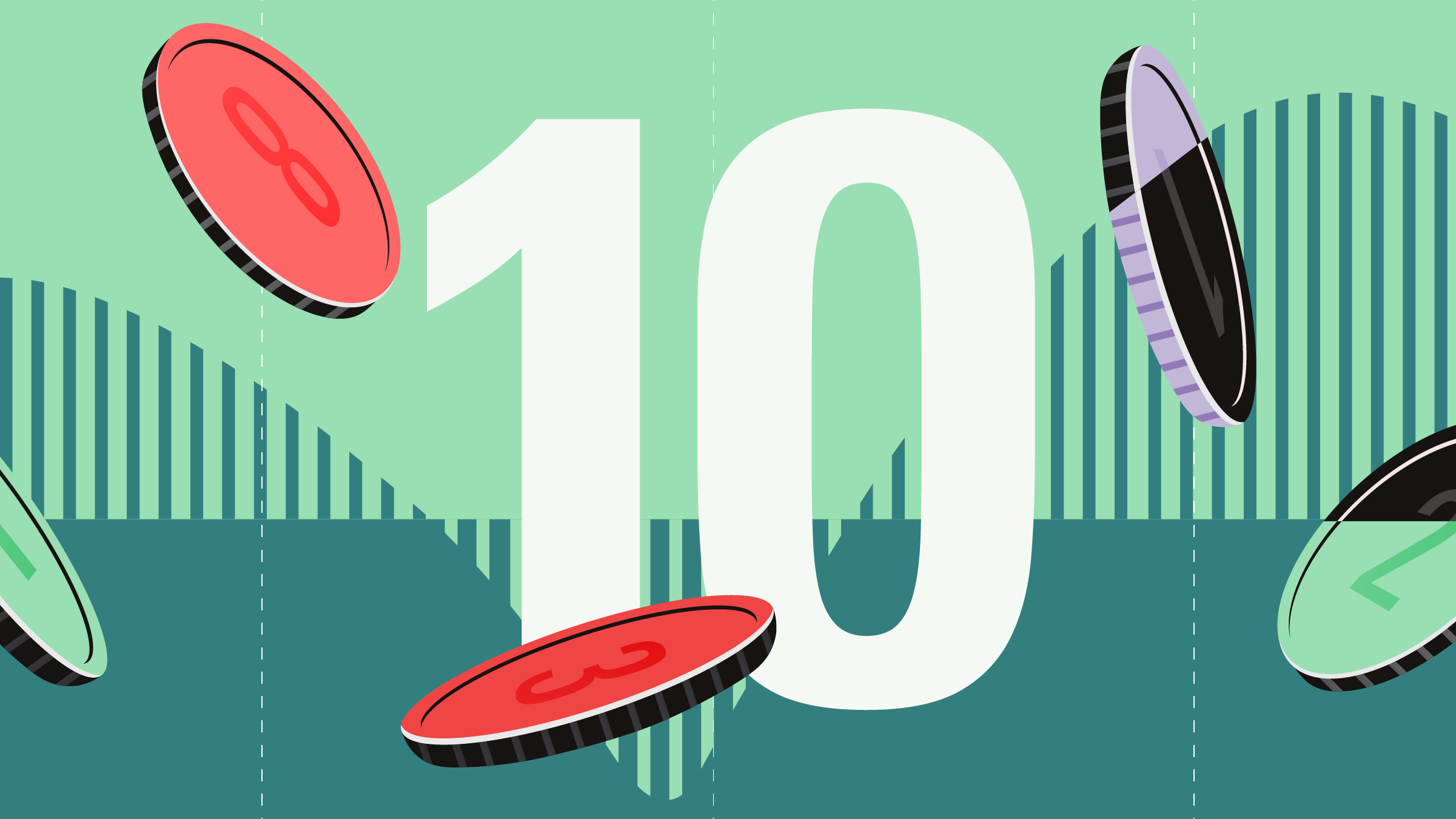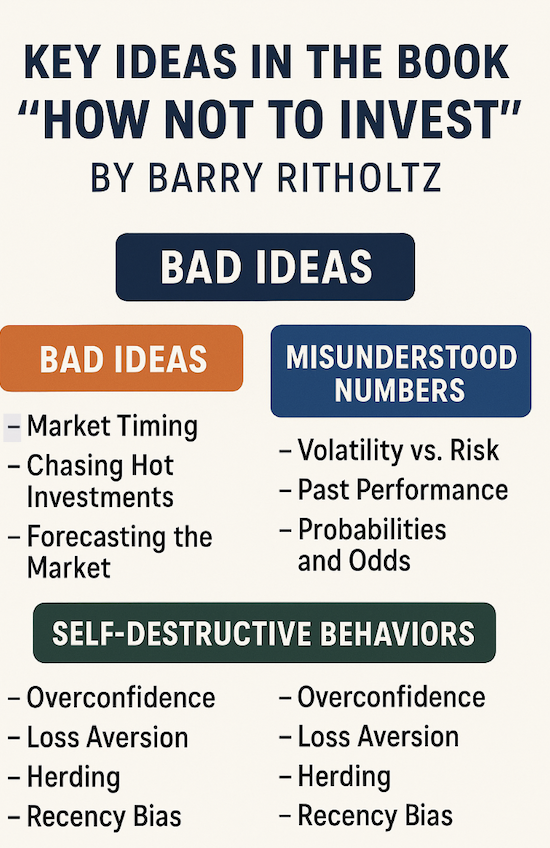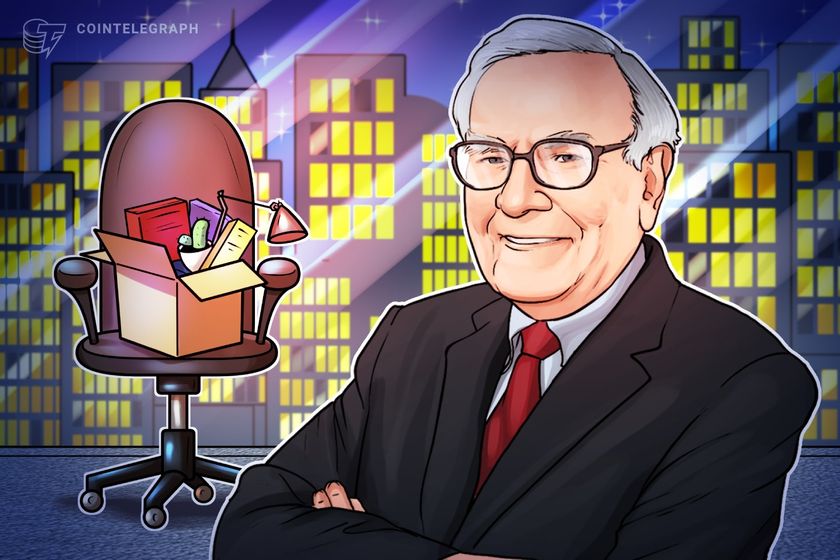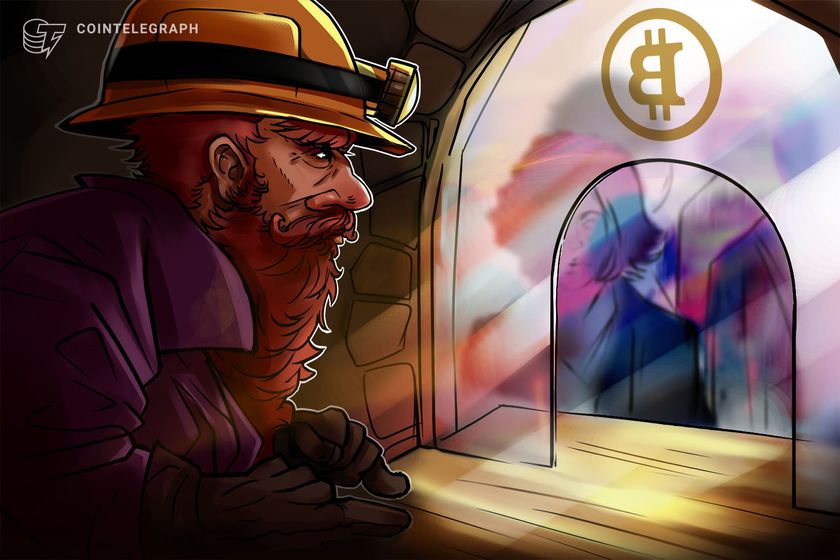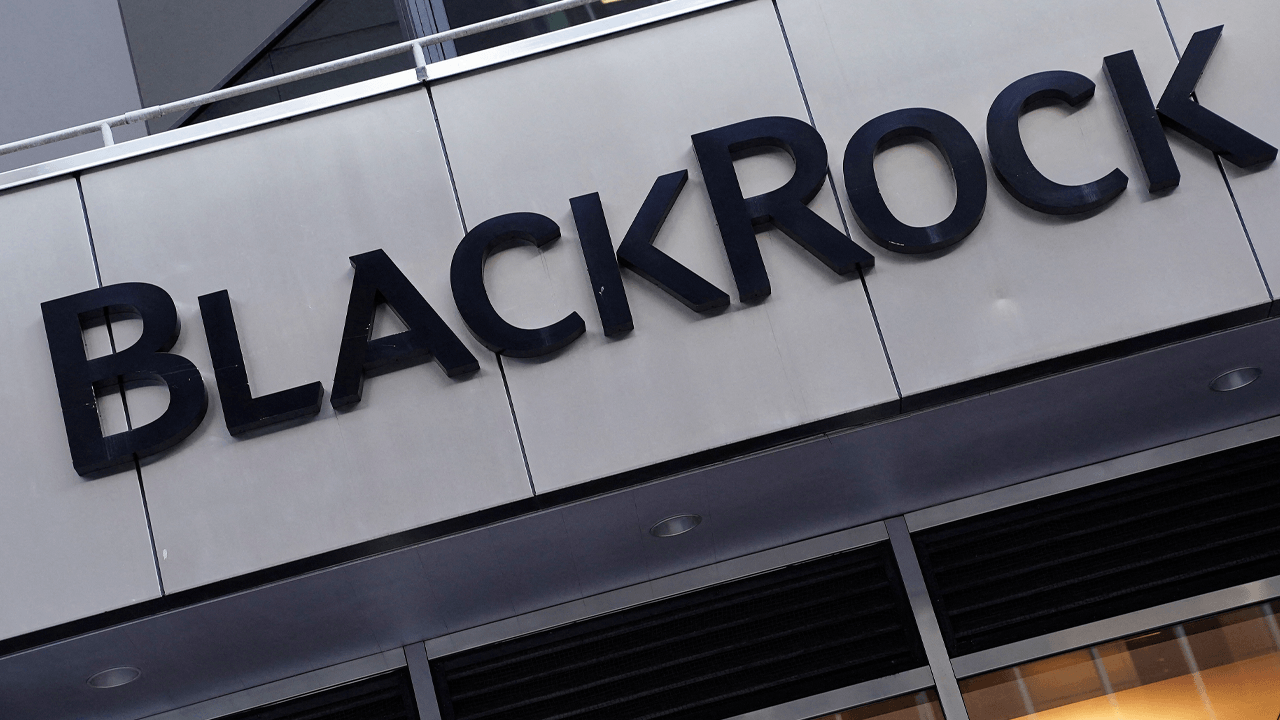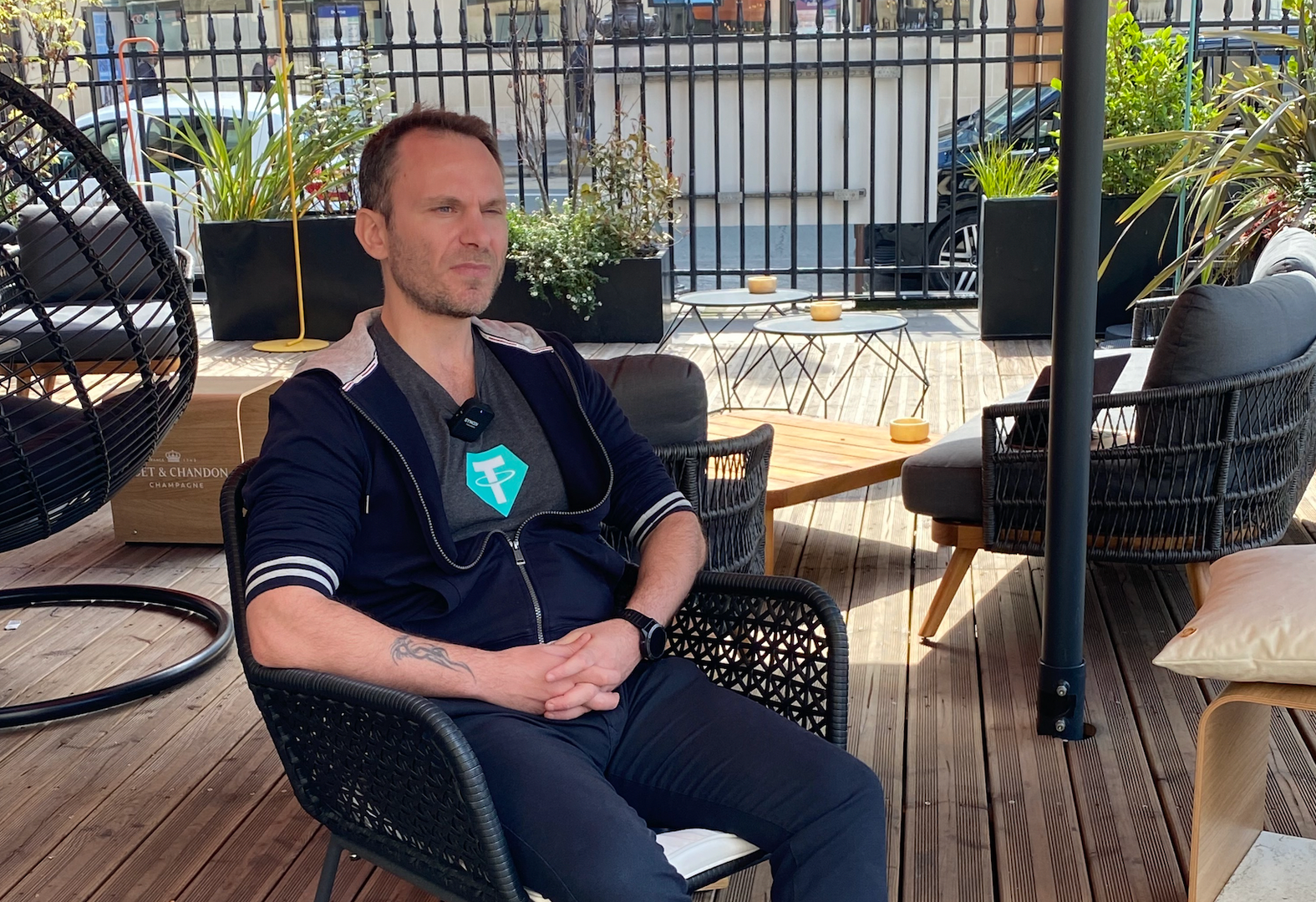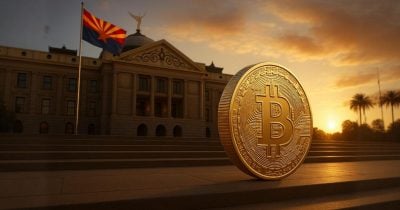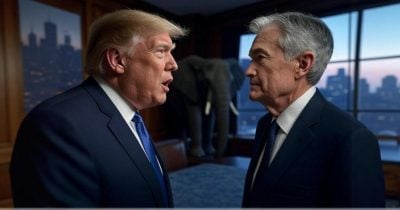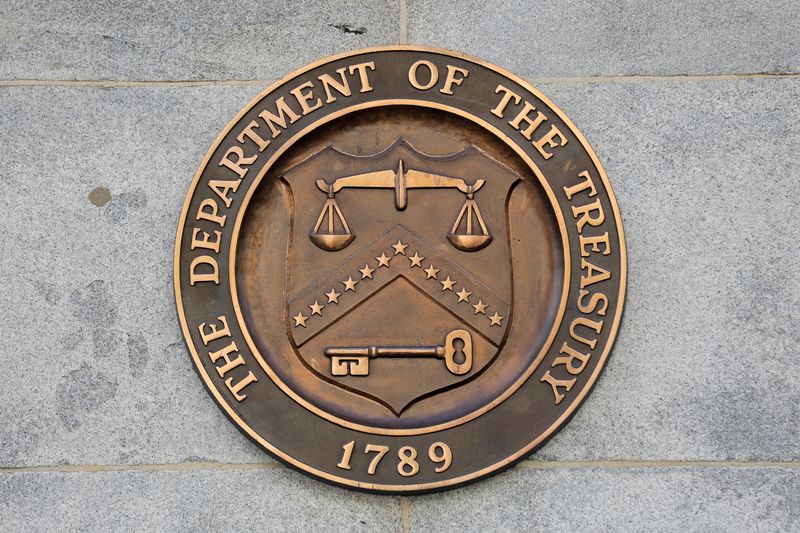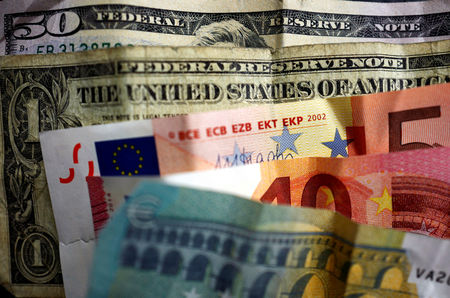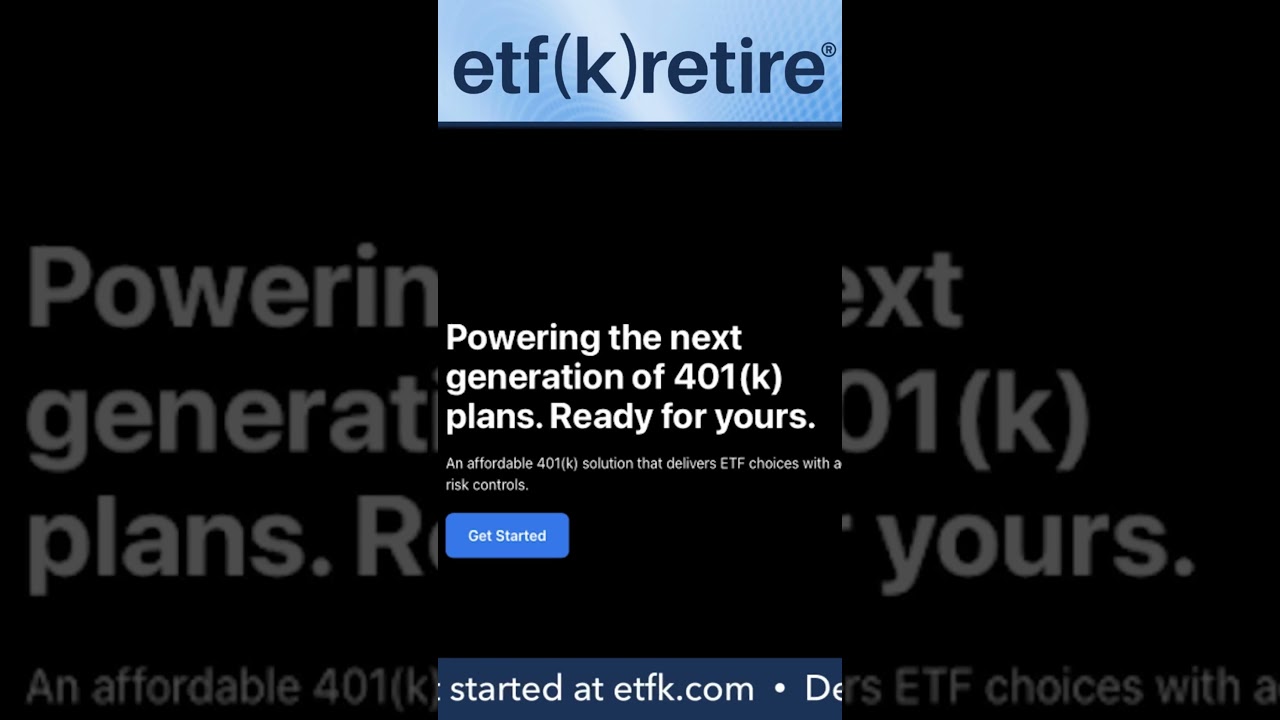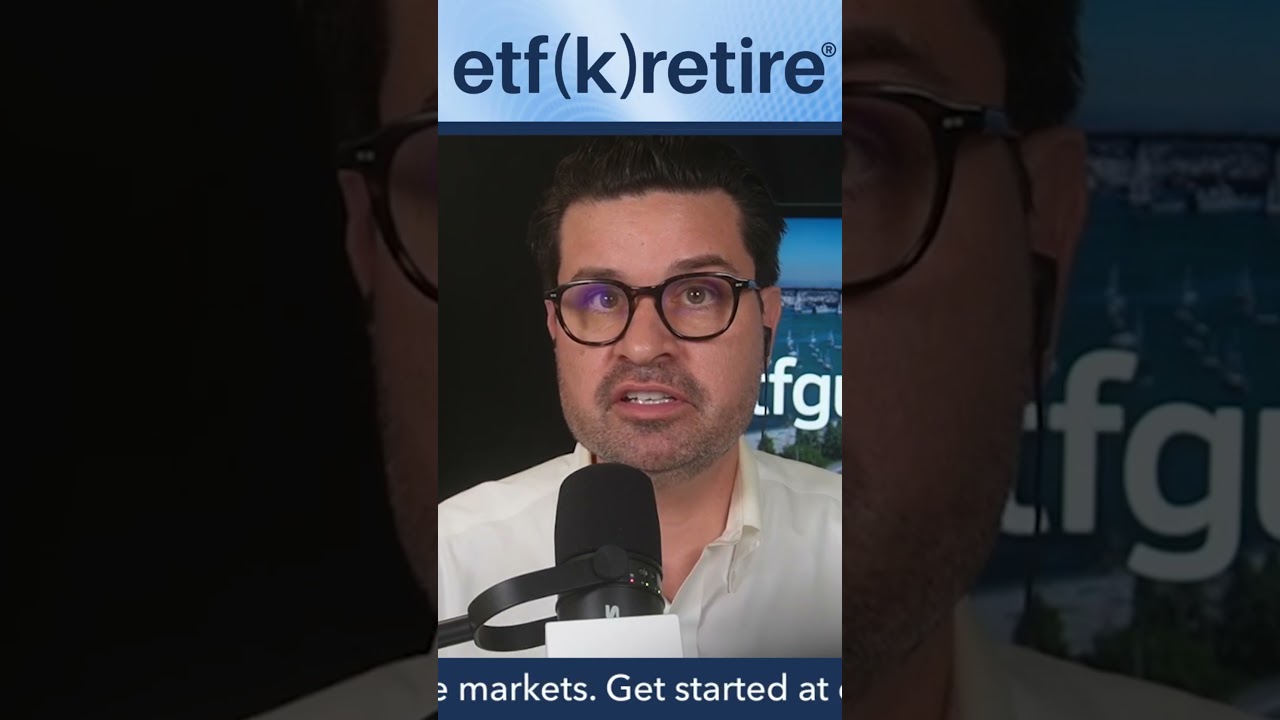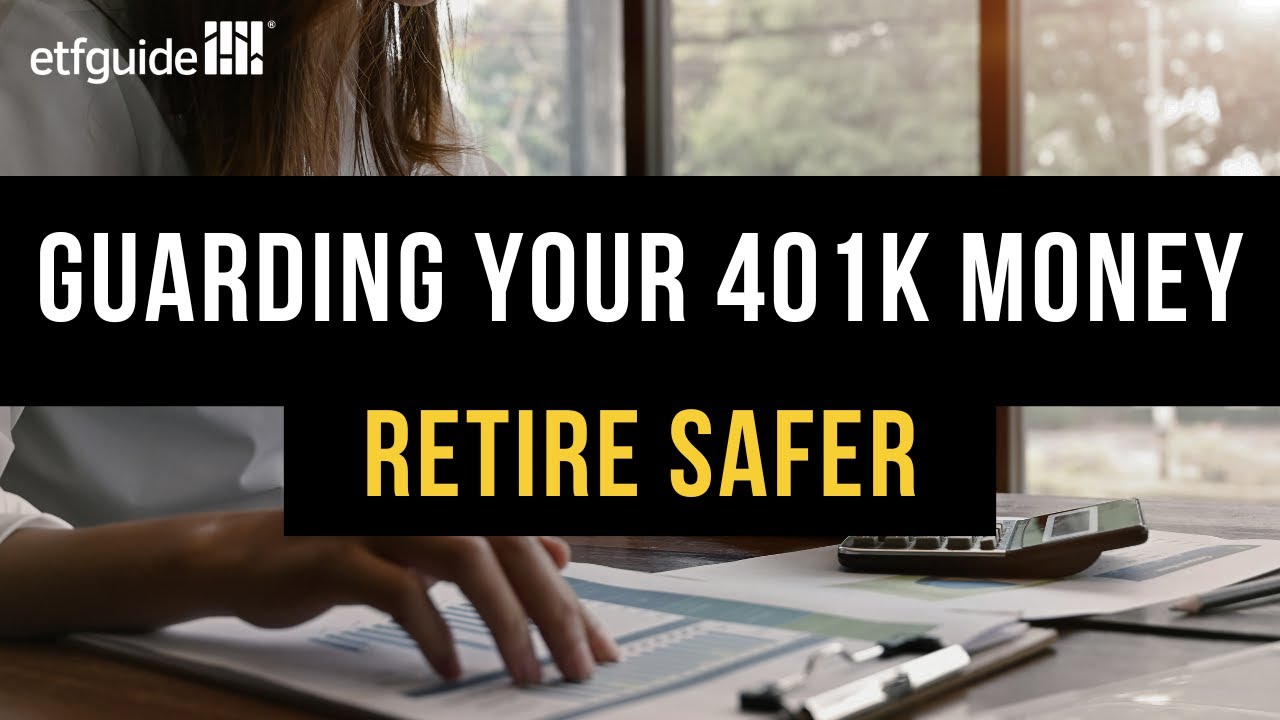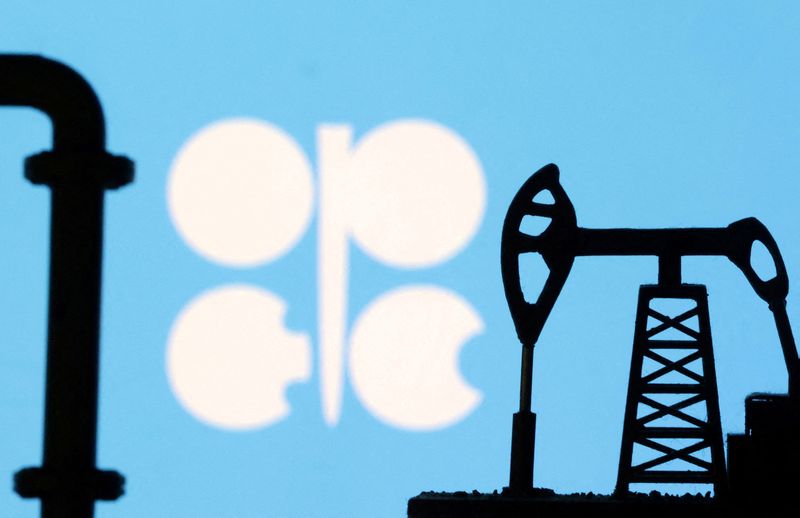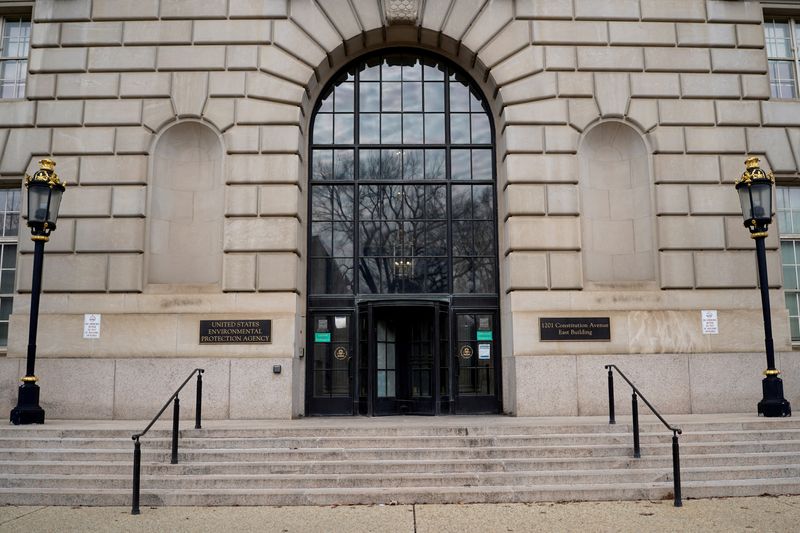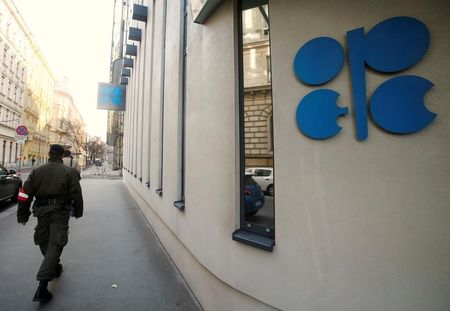What Happens If the Housing Market Crashes? How to Protect Yourself
The Big Short was a hit 2015 movie featuring Christian Bale as Michael Burry, the hedge fund manager who essentially created the credit default swap market for subprime mortgages. Burry based his assertion on his research indicating that the subprime mortgage market was highly overleveraged and unsustainable. As such, his long term bet of over […] The post What Happens If the Housing Market Crashes? How to Protect Yourself appeared first on 24/7 Wall St..
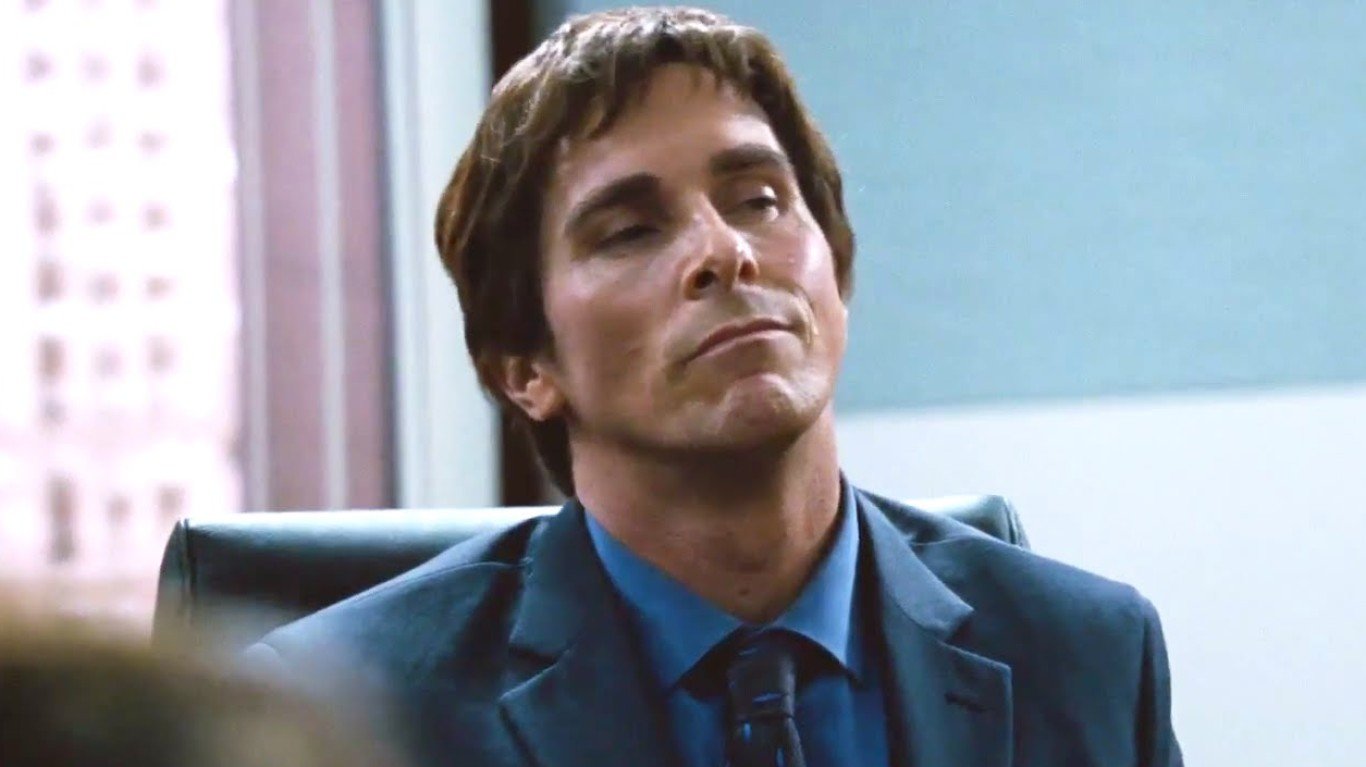
The Big Short was a hit 2015 movie featuring Christian Bale as Michael Burry, the hedge fund manager who essentially created the credit default swap market for subprime mortgages. Burry based his assertion on his research indicating that the subprime mortgage market was highly overleveraged and unsustainable. As such, his long term bet of over $1 billion that the market would fall paid off spectacularly, with his hedge fund ultimately gaining 469% and a net $2.69 billion profit after premium fees.
17 years after this massive banking crisis, some fears still linger, especially as real estate in certain US cities indicate an overvalued market. A look at the underpinnings that created the 2008 subprime mortgage bank meltdown and the current rules and practices in place may give prospective homebuyers a clearer perspective.
Key Points
-
The 2008 Housing Market crashed primarily due to the huge amount of subprime mortgage loans that were at a high default risk.
-
Risks of subprime mortgages were concealed due to political pressure on FNMA (Fannie Mae) and FDMC (Freddie Mac) agencies to acquire them, thus giving their imprimatur of federal AAA safety guarantee.
-
Congressman Barney Frank (D-MA) was the primary politician responsible for the 2008 subprime mortgage banking collapse due to “affordable housing” quota requirements he imposed on the agencies in 1992.
-
Are you ahead or behind on retirement? SmartAsset’s free tool can match you with a financial advisor in minutes to help you answer that today. Each advisor has been carefully vetted and must act in your best interests. Don’t waste another minute; get started by clicking here here.(Sponsor)
Dice Rolling Legislation With Taxpayers Paying The Tab
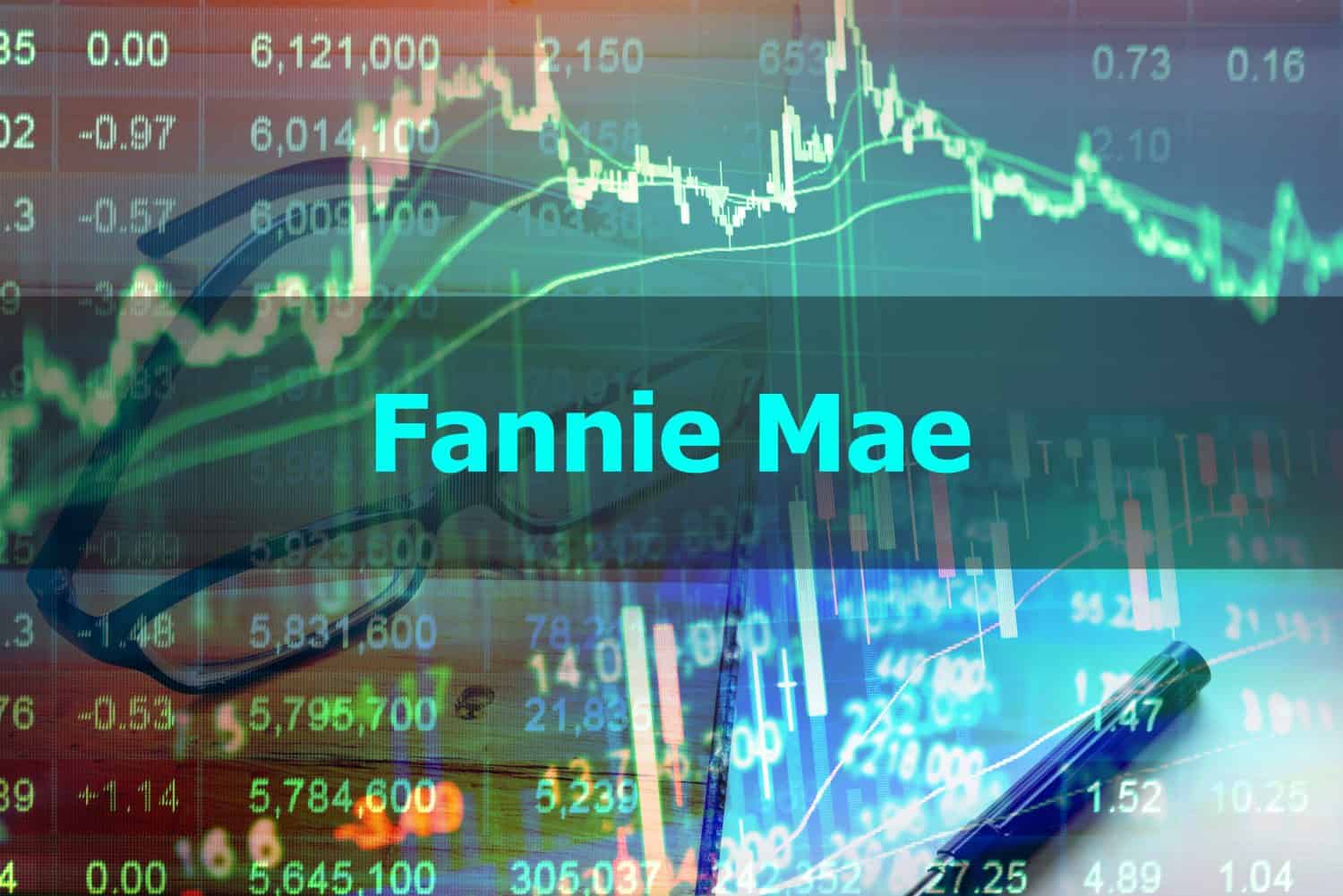
Using class warfare rhetoric to win votes is a favorite tool among politicians. However, actually putting laws into effect to realize that rhetoric can often lead to disastrous results, especially when the mechanism and its potential risks are concealed. During the 1990s, President Bill Clinton campaigned with a generalized slogan about “helping poor people get loans”, implying that otherwise credit risk qualified people of color were being red lined by banks as the cause for loan application denials.
Congressman Barney Frank (D-MA) enacted and successfully passed legislation in 1992, which imposed quotas for risky subprime mortgages acquisition on FNMA (Fannie Mae) and FDMC (Freddie Mac). The quotas began at 30%, but swelled to 55% by 1997. Frank was later quoted, “I want to roll the dice a little bit more in this situation toward subsidized housing.”
HUD would subsequently pressure other federal agencies, such as FHA and FHLB, to follow suit. The subprime market exploded with the knowledge that underwriters stood a better than 50/50 chance of being able to offload high default risk mortgages onto the federal government’s balance sheet. The vast majority of investors and analysts took it for granted that the FNMA and FDMC ownership of their subprime mortgage portfolios were vetted for safety and were thus low risk – a flawed assumption that Burry realized and sensationally capitalized upon.
By 2002, Fannie Mae and Freddie Mac had well over $1 trillion face value of subprime mortgages on their books. By the time of the 2008 banking meltdown, 19.2 million out of 27 million total subprime mortgages (70%) were held by Fannie Mae and Freddie Mac, with the remainder held by various banks. When defaults began to pile up in 2008, this caused a domino effect collapse throughout the banking industry. Taxpayer funded bailouts in the form of TARP loans saved large banks, like Bank of America and JP Morgan Chase, while venerable firms like Lehman Brothers and Bear Stearns went under and were acquired.
Ironically, Barney Frank was later co-sponsor of the 2010 Dodd-Frank bill that imposed new regulations on banking practices, countermanding many that were previously mandated by his 1992 legislation.
Real Estate Risk in 2025

Since 2008, both FNMA and FDMC went into conservatorship and have been prohibited from acquiring any further subprime mortgages. As a result, a below investment grade rating of subprime mortgage securities is once again the norm, so investors and analysts are not being hoodwinked. As interest rates rise, the odds of mortgage refinancing drop, so loans held by these agencies should once again be reasonably safe and stable.
Real estate speculation and market bubbles are still a risk, but they appear to be more localized, as opposed to being systemic. States experiencing large population influxes, such as Texas, Florida, and Georgia, have housing markets that have ballooned of late as demand has far outstripped supply in those states, especially in their largest cities. States that are seeing large population outflows, such as California, will eventually have more available supply, although real estate taxes, construction permit regulations, etc. all need major reform before the overhead costs are normalized to be more on par with the national average. The shockingly low number of home rebuilding permits (in single digits) granted since the massive Los Angeles fires is just one example.
From a homebuyer’s perspective, the current rates, at the time of this writing, are in the 6.5%-7% range for a 30 year mortgage. As interest rates rise over concerns about the long term economic repercussions of the current tariff policies and their rapid fluctuations, those that can pay cash in whole or for most of the asking price are likely in a stronger bargaining position than those who will require mortgages for purchase.
Overall, the chances of another 2008 US housing market collapse would appear slim at this point. Regional risks may still remain, due less to financial factors than from municipal policies (regulation, law enforcement, etc.), demographic, or disasters (fires, earthquakes) causes.
The post What Happens If the Housing Market Crashes? How to Protect Yourself appeared first on 24/7 Wall St..



